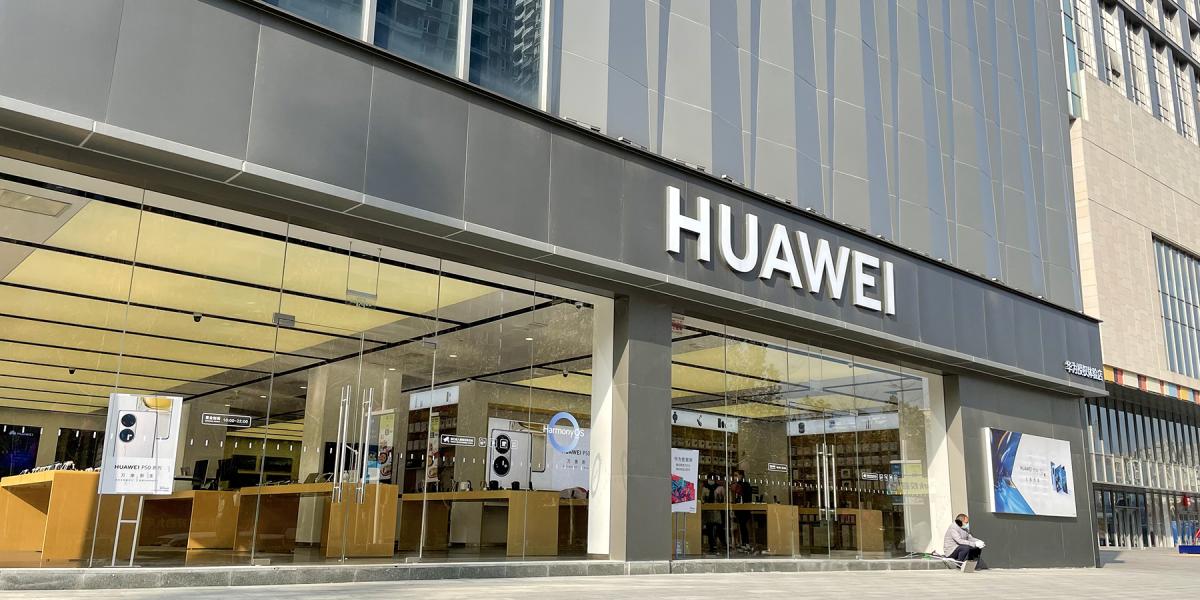Breadcrumb

In 2019, India, like many countries around the world, was laying the groundwork for the deployment of 5G mobile telecom technology. 5G, with its high-speed, high-capacity and low-latency potential, was expected to transform the economy and society, with projections suggesting that it would create a cumulative economic impact of $1 trillion in India by 2035. The dominant vendor of 5G technology was China-based Huawei, which, in 2019, offered end-to-end solutions that were cheaper, faster and higher quality than its competition. But several intelligence agencies in the West suspected that Huawei would install ‘backdoors’ into its equipment to allow the Chinese government to conduct espionage activities.
India, with its longstanding security concerns vis-à-vis China, was faced with a dilemma: embrace costlier and slower 5G equipment from Huawei’s competitors, potentially setting back its economic targets for 5G, or develop ways to work with Huawei to address the security concerns. Huawei had been instrumental in allowing Indian telecom operators to rapidly expand access to previous-generation mobile and internet services in recent years. And while the US had banned the use of Huawei equipment across its public and private networks, and was strongly encouraging allied countries to do the same, other countries such as the UK had signalled a willingness to continue to do business with Huawei. With time of the essence, Indian Telecom Secretary Aruna Sundararajan had to advise the new government on the way forward.
- Demonstrate effective public-private partnership skills in situations of information asymmetry;
- Build lasting public-private partnerships.
